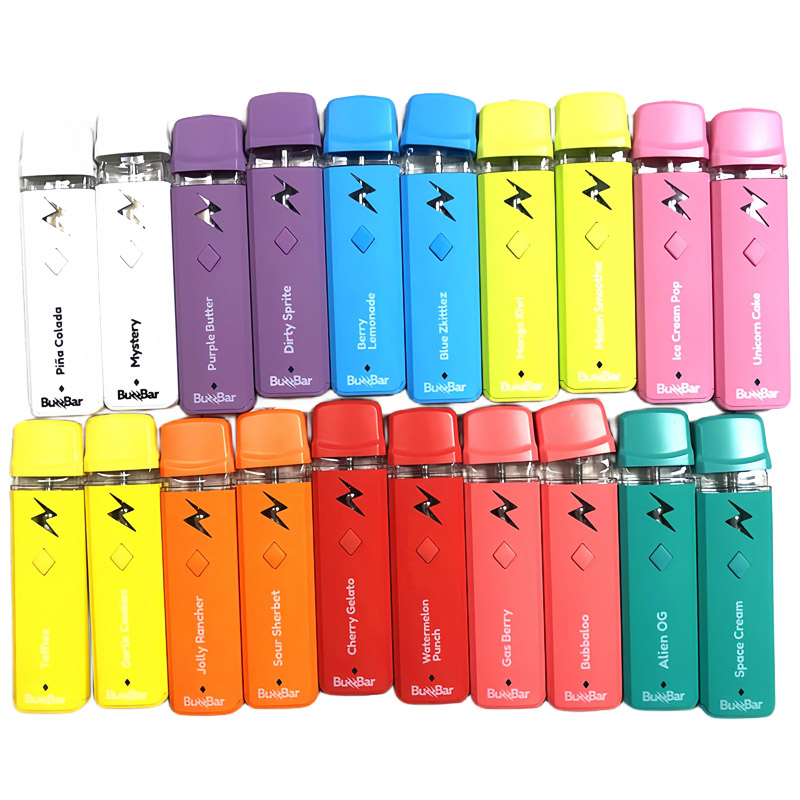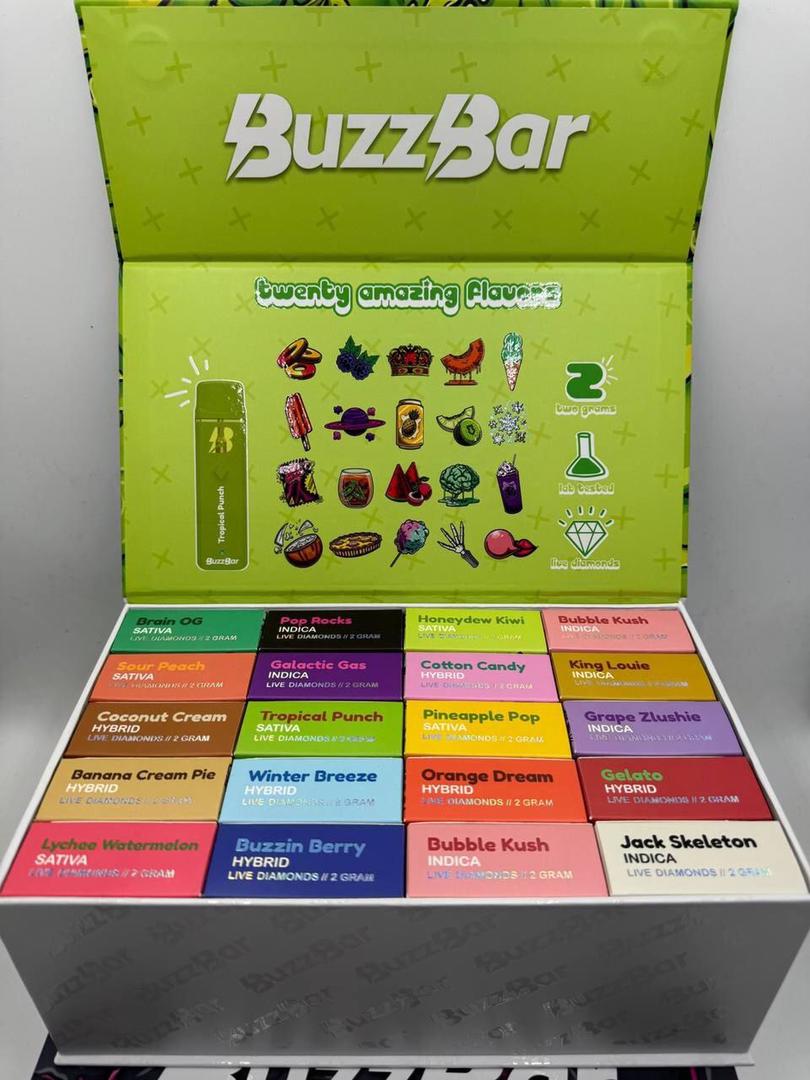Diving Deep Into the Scientific Research Behind Vape Coils and Temperature Control
As enthusiasts of vaping check out the complexities of their devices, a basic understanding of the science behind vape coils and temperature level control comes to be vital. From the materials made use of in coil building to the influence of coil resistance on performance, there are layers of intricacy waiting to be unwinded. The interplay in between temperature control setups and the vaping experience opens up a realm of opportunities for individuals looking for optimal taste and vapor manufacturing. With a careful strategy to tweak your setup, the potential for improving your vaping trip is substantial.
Coil Materials and Their Influence
In the realm of vaping modern technology, the choice of coil material plays an essential function in establishing the overall performance and performance of a vape gadget. Various coil products supply varying levels of conductivity, resistance to heat, and toughness, every one of which directly impact the vaping experience.
Among the most typically utilized coil materials is Kanthal. Understood for its integrity and price, Kanthal coils have a high melting factor, making them suitable for high-temperature vaping. Stainless steel coils are applauded for their convenience, supplying both temperature control abilities and power level mode vaping. Nickel and titanium coils are frequently utilized in temperature control mode due to their predictable resistance changes with temperature variants. It is important to note that nickel coils should not be used in wattage setting due to safety and security problems.
Recognizing Coil Resistance
With varying coil materials influencing the efficiency of vape tools, recognizing coil resistance is important in enhancing the vaping experience. Coil resistance is an essential aspect that affects the total capability and efficiency of a vape tool. It refers to the degree of opposition the coil presents to the circulation of electrical power from the battery. Measured in ohms, coil resistance plays a considerable role in figuring out key aspects such as power output, warm generation, and the manufacturing of vapor and flavor.
Reduced resistance coils permit higher power outcomes and faster home heating prices, leading to more substantial vapor production. On the other hand, greater resistance coils call for much less power and generate a cooler vape. By selecting coils with the suitable resistance degrees, vapers can customize their experience to fulfill their choices, whether they focus on cloud production, flavor intensity, or battery life. Comprehending just how coil resistance interacts with other aspects of the vaping configuration is important for attaining the desired vaping experience.
The Role of Temperature Control
Temperature control in vaping devices plays a critical duty in controling the consistency and quality of the vaping experience - buzzbar. By adjusting the temperature level and monitoring at which the coil warms up, vapers can tailor their sessions to attain ideal taste, vapor manufacturing, and general contentment
Among the essential benefits of temperature level control is the prevention of dry hits. When a coil gets too hot because of lack of e-liquid saturation, it can produce a rough, burned preference that not just ruins the flavor yet likewise positions prospective health threats. Temperature level control technology aids alleviate this issue by immediately cutting off power to the coil when it gets to a specified temperature level, hence preventing the wicking product from burning.
Furthermore, maintaining a steady temperature can extend the lifespan of coils and various other vaping components. Constant temperatures lower deterioration on the coil, resulting in a longer-lasting and extra cost-efficient vaping setup. In general, temperature level control empowers vapers to fine-tune their tools for a much more enjoyable and safer vaping experience.

Enhancing Flavor and Vapor Production
Different coil materials, such as kanthal, stainless steel, nickel, or titanium, can substantially influence the taste and vapor generated. Finding the sweet spot where the coil heats up enough to vaporize the e-liquid effectively without triggering it to shed can make a recognizable distinction in the total vaping experience. Regularly cleaning and maintaining the coils is important for preserving flavor purity and guaranteeing regular vapor production.
Fine-Tuning Your Vaping Experience

Furthermore, picking the appropriate electrical power or temperature setting is essential to optimizing your vaping experience. Various e-liquids and coils do best at particular power levels, so discovering the optimal setting can improve flavor and avoid charred tastes or dry hits. It is recommended to begin at a reduced electrical power or temperature level and progressively boost till you reach your wanted vape top quality.
Last but not least, consistently keeping your tool is essential for a satisfying and constant vaping experience. Cleaning your tank, changing coils, and making certain correct battery treatment can extend the lifespan of your tool and keep ideal performance. By fine-tuning these facets of your vaping arrangement, you can raise your overall experience and read this complete satisfaction.
Conclusion
Finally, the scientific research behind vape coils and temperature control is essential for enhancing the vaping experience. By recognizing the effect of coil materials, resistance, and temperature level control, vapers can enhance flavor and vapor manufacturing. Fine-tuning these elements permits a personalized vaping experience customized to individual preferences. Understanding the science behind vape coils is vital for accomplishing the desired lead to terms of taste, vapor manufacturing, and general fulfillment.

In verdict, the scientific research behind vape coils and temperature control is crucial for boosting check these guys out the vaping experience.
Comments on “How Buzzbar Redefines the Vape Experience for Enthusiasts”